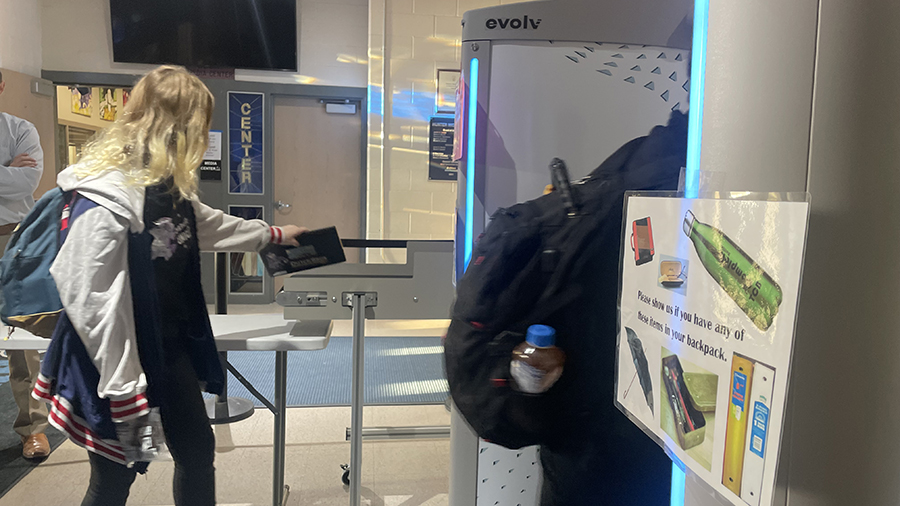NASA mission will bring asteroid samples to Dugway
Jul 20, 2023, 6:15 PM | Updated: Sep 23, 2023, 1:05 pm
DUGWAY — In two months samples from an asteroid will land in Utah’s West Desert.
They will be coming down by parachute as part of a NASA mission that launched in 2016 with the goal being to answer one of the biggest questions humans have.
The small capsule sitting on a Dugway lawn didn’t look like much. It’s about the size of a mini refrigerator. However, if the saying “big things come in small packages” is true, then it doesn’t get any bigger than this.
“How did we get here on Earth? How did life form here on Earth? We want to know,” Richard Witherspoon said. “How did our solar system form?”
Those are questions humans have had since the dawn of time.
Witherspoon works with Lockheed Martin. He said a similar capsule flying through space just might contain the answers to those questions in a couple of months.
“This is probably one of the most exciting moments I have ever had in my life,” Witherspoon said. “It is like the anticipation of opening a Christmas present.”
Witherspoon is part of a NASA mission called OSIRIS-REx that landed a spacecraft onto asteroid Bennu in 2020. OSIRIS-REx collected rocks from the asteroid and is currently bringing that material back to Earth.
The small capsule in Dugway is a replica of the real thing containing those rocks.
It doesn't look like much but this capsule is a replica of a @NASA mission bringing a chunk of asteroid back to Earth. It'll land in September at Dugway. We're getting a briefing of the mission today and will have a story on our @KSL5TV newscasts later this afternoon. #ksltv pic.twitter.com/WD204SNd2a
— Alex Cabrero (@KSL_AlexCabrero) July 20, 2023
It is expected to land at the U.S. military’s Dugway Proving Ground in Utah’s West Desert in September.
“It’s the first time that we have ever robotically explored an asteroid, collected a sample, and brought it to Earth,” said Jed Hancock, who is the President of Utah State University’s Space Dynamics Laboratory.
The success of the mission so far is because scientists and engineers were able to see where to land the spacecraft, see the collection of the material, and then see it leave.
The cameras allowing them to see some 200 million miles away from Earth were designed by Utah State University’s Space Dynamics Laboratory.
“It was a lot of pressure,” Hancock said with a laugh. “Has to work. When you launch something into outer space, you are not going to be able to get up there and fix it.”
The capsule will slowly float to Utah’s West Desert by parachute.
Helicopters will pick it up and bring it to a clean room at Dugway to help reduce as much contamination as possible from Earth’s atmosphere and the landing zone.
“I am pretty sure it just might be the cleanest room on base at this point,” said Kimberly Allums, who helps lead the curation project team.

The asteroid samples will be taken to this clean room at the U.S. military’s Dugway Proving Ground in Utah’s West Desert. (KSL TV)
The room must be as clean as possible because scientists believe the samples collected could contain organic compounds from the time our planet and solar system were created some 4.5 billion years ago, possibly giving a big clue about how life formed here.
“Those are the types of things we’re going to be looking for. It could be new materials or minerals we have not seen,” Allums said.
From Dugway, the capsule and the container with the asteroid samples will be taken to NASA’s Johnson Space Center in Houston.
That’s where scientists will figure out if those big questions can start to be answered.














